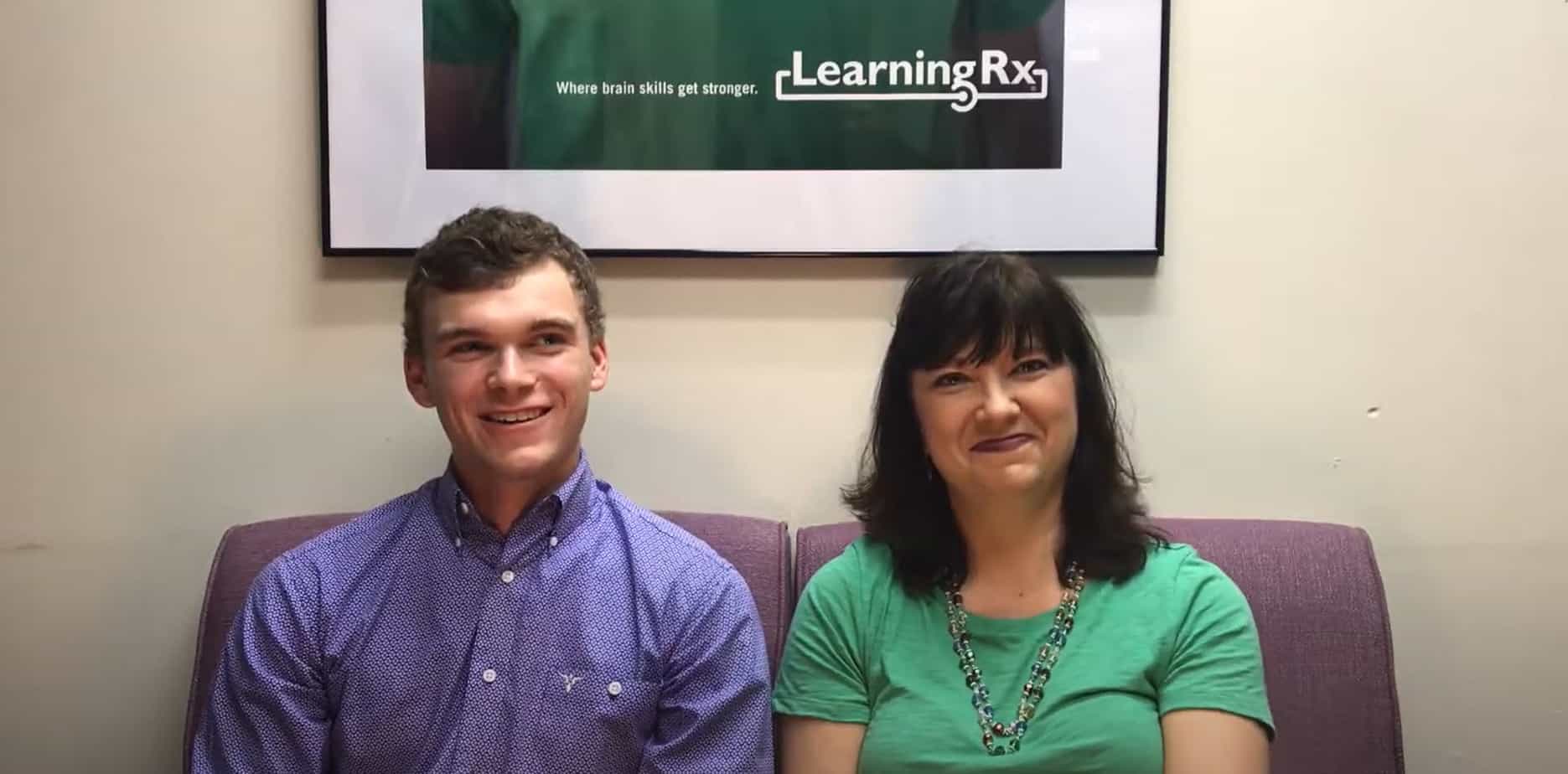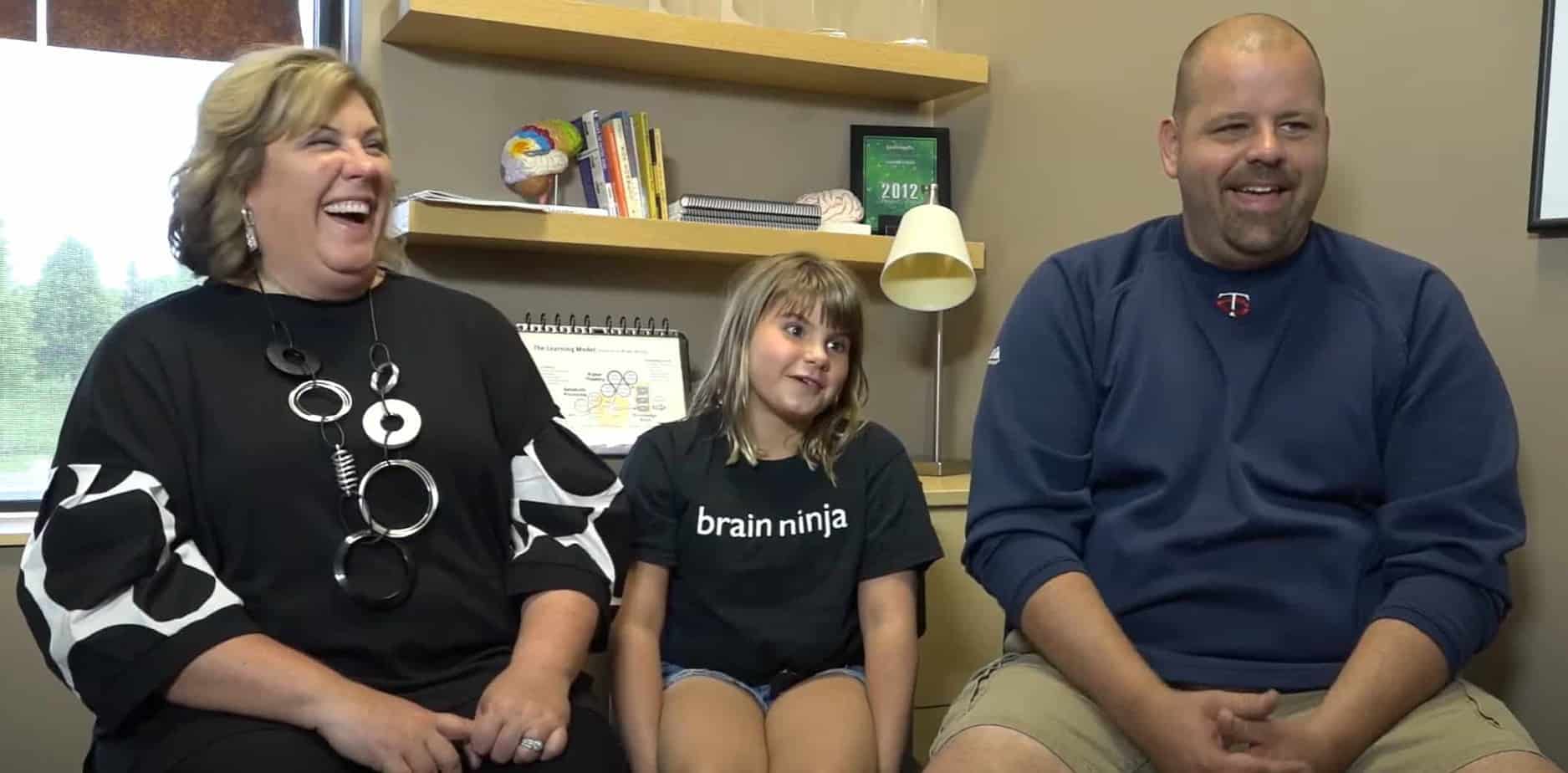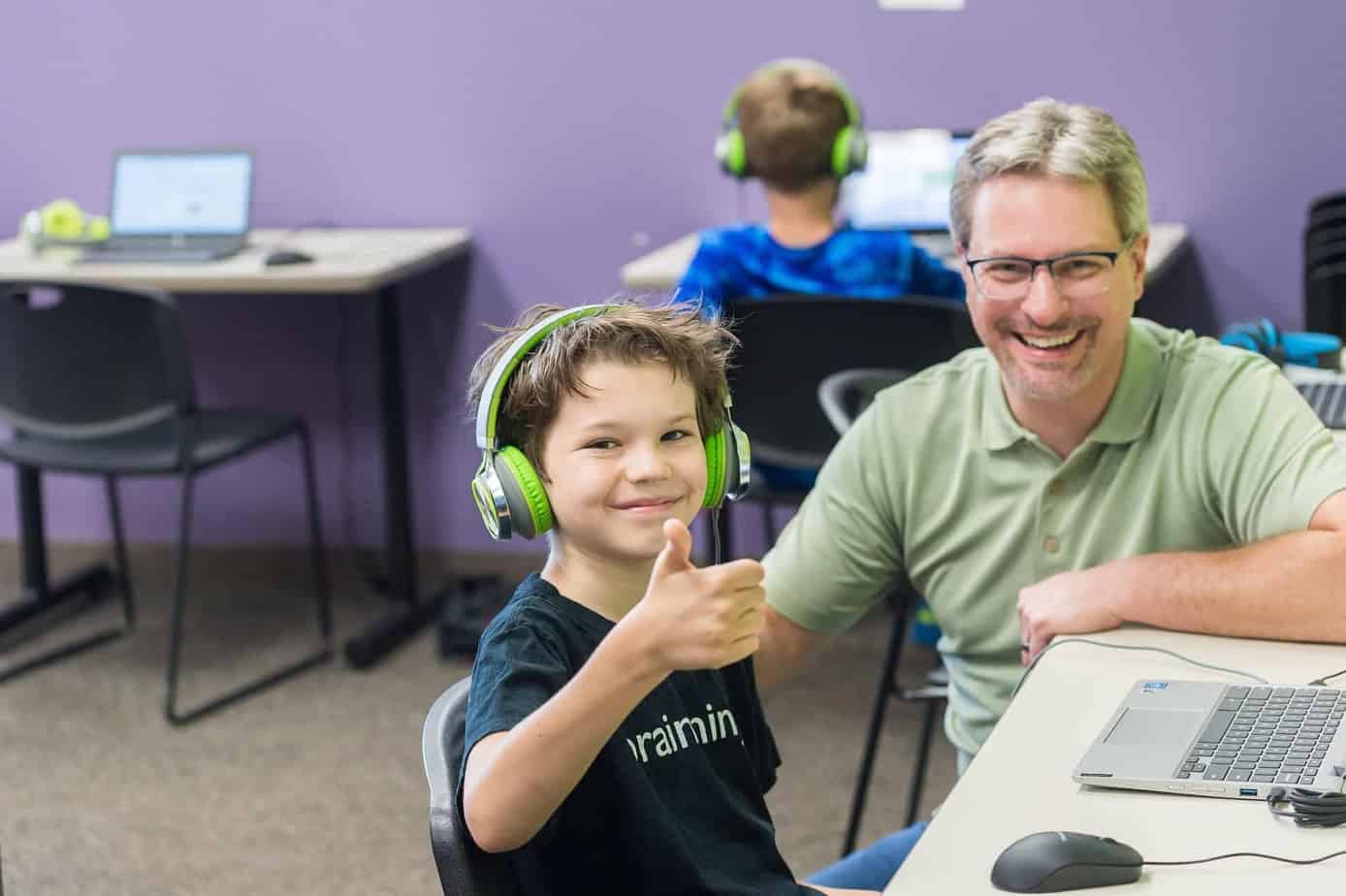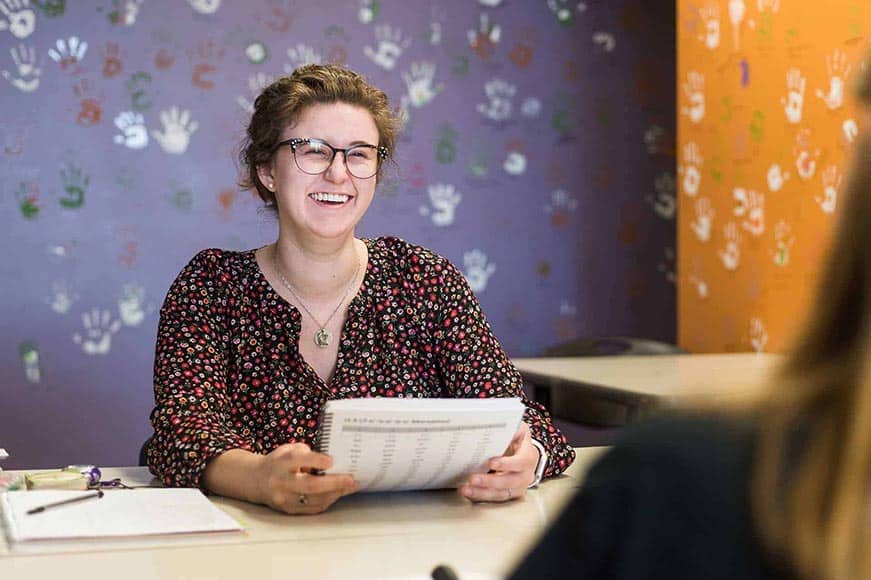National Autism Acceptance Month: Targeting and Training Cognitive Skills in Students with ASD
April is National Autism Acceptance Month, dedicated to celebrating neurodiversity and individual differences. The goals of the month-long celebration include spreading the message of inclusion while connecting people to support services and resources related to Autism Spectrum Disorder (ASD).
Autism Acceptance Month Facts: Prevalence of Autism Spectrum Disorder
According to the Centers for Disease Control and Prevention (CDC), ASD occurs in all racial, ethnic and socioeconomic groups and has been identified in about 1 in 36 children. This is a significant increase from 1 in 150 children just 20 years earlier (in the year 2000).
Autism is nearly 4 times (3.8 times) more common in boys than girls and its prevalence is lower among non-Hispanic White children (24.3 per 1,000) and children of two or more races (22.9 per 1,000) than among non-Hispanic Black or African American (29.3), Hispanic (31.6) and non-Hispanic Asian or Pacific Islander (33.4) children). At three of the sites studied, ASD prevalence was associated with lower household income.
Although findings varied considerably across the sites that were studied, this continued increase among children with ASD (particularly among non-White children) indicates a need for equitable diagnostic, treatment and support services for all children.
Improving the quality of life for Autism Spectrum Disorder
Autism Acceptance Month is just the beginning. We need to be aware of the supports that are available year-round to help kids and adults live up to their full potential. While there’s no “cure” for autism, there are a variety of treatments that can help manage its symptoms and improve quality of life. Some of these include:
- Behavioral therapies: Play-based therapy to promote communication, social interaction and language skills; reinforcing positive behaviors and reducing negative behaviors through structured interventions; developing coping mechanisms for depression, anxiety and other mental health issues associated with autism
- Medications: Stimulants that may improve focus and attention; antidepressants; antipsychotics (for behavioral problems like irritability and aggression)
- Occupational therapy: Assistance for daily living skills, such as bathing, dressing and sensory integration
- Physical therapy: Addressing physical challenges that sometimes manifest with ASD, such as coordination and balance
- Nutritional therapy: Dietary modifications (such as gluten-free, lactose-free diets; supplements)
- Speech therapy: Working on communication skills, such as expression and language comprehension
Listen for more: A Whole Child Approach to Autism >>
Boosting cognitive skills in people with ASD
Another way to help improve the quality of life for someone with ASD is by strengthening their brain skills. Known as “cognitive skills,” these fundamental tools are what we use to learn, remember, pay attention and read. Broadly speaking these cognitive skills include auditory and visual processing, logic & reasoning, attention, processing speed, and working and long-term memory.
In some cases, a single weak brain skill can cause learning struggles for people with ASD; however, it’s common to see a cluster of weak cognitive skills. (At LearningRx, for example, a study of more than 1,000 clients who came to a brain training center with an ASD diagnosis found that the weakest skills were sustained attention, long-term memory and processing speed.)
Armed with the results of the Cognitive Skills Assessment, a team of cognitive experts can create a personalized brain training plan for your student. Using challenging but fun brain mental exercises that incorporate intensity, loading and feedback—among other features—the personalized program can target and train the brain skills that have the most room for improvement. Best of all, each client is paired with their own personal brain trainer to help develop the relationship through trust and ongoing support. It’s a format that has shown impressive results for previous clients.
LearningRx Atlanta Owner Shares Impact of Brain Training for Autism During Autism Acceptance Month
“Among 1,049 clients who came to LearningRx with a diagnosis on the autism spectrum, the average gain in cognitive skills was 3.2 years,” explains Susie McDaniel, the director of LearningRx Atlanta-Buckhead. “The largest gain was 4.5 years in auditory processing. The mean age of the children, who were between 4 and 17, was 10.7. The mean age of the adults, who were between 18 and 63, was 22.6.”
How does personal brain training differ from tutoring?
While tutoring has its place when a student needs to “catch up” academically due to a long-term illness, injury or a mid-school year move, it’s primarily focused on reviewing the material that was missed the first time it was taught.
“Tutoring is designed to deliver the same information as in the classroom, often in one-on-one format,” explains McDaniel. “While this can be helpful when students fall behind in a class, it isn’t always as useful when they regularly struggle.”
Personal brain training, on the other hand, targets the underlying brain skills needed to perform tasks (like remembering, understanding and reading) and make learning easier in any subject. Best of all, cognitive skills training can make learning easier outside of school, by strengthening the brain skills we all use every day at sports, home and at work.
If you’d like to learn more about personal brain training for people with Autism Spectrum Disorder, contact us today!
Please Note: LearningRx does not diagnose autism spectrum disorder, and brain training is not a treatment or cure for ASD. While we have extensive research and experience working with individuals of all ages and love to celebrate those results, you or your child may or may not achieve the same outcomes.







